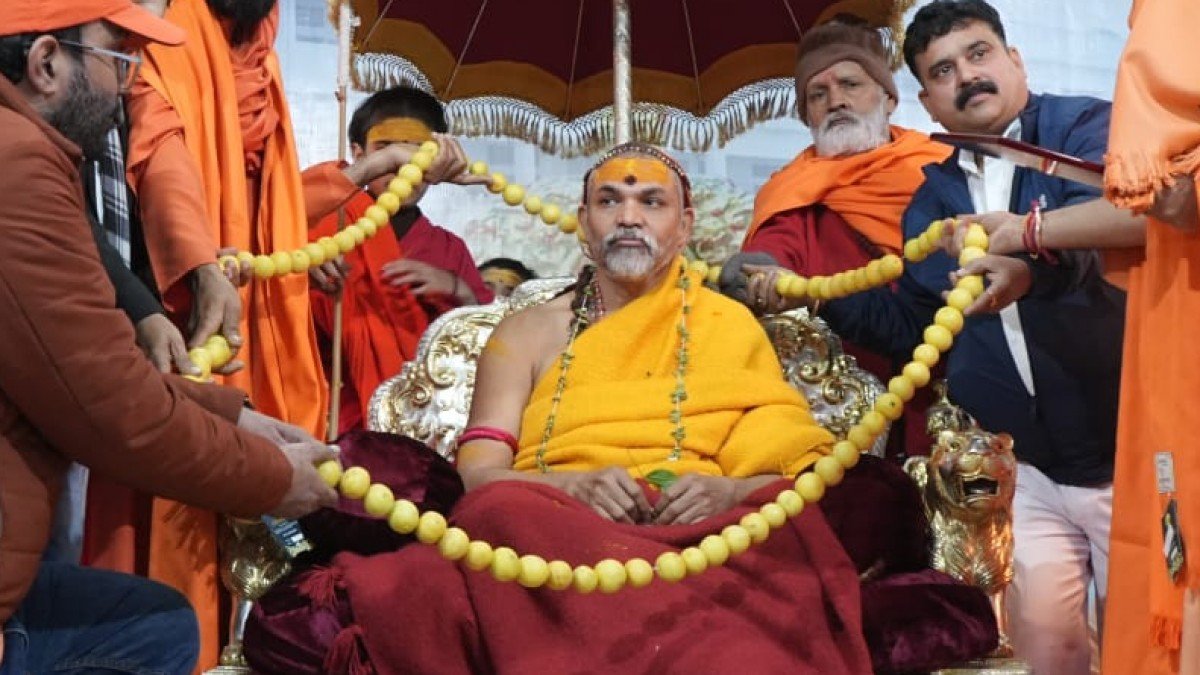The four Shankaracharyas recently said that they will not attend the inauguration of the Ram temple in Ayodhya.
About Shankaracharyas:
- Shankaracharya, literally ‘teacher of the way of Shankara’, is a religious title used by the heads of the four Hindu maths (monasteries) that were established by the eighth-century Hindu saint Adi Shankara.
- Adi Shankara established these maths to impart knowledge. These maths consist of religious shrines, temples, libraries, and residences.
- These maths are located in Dwarka (Gujarat), Joshimath (Uttarakhand), Puri (Odisha), and Sringeri (Karnataka).
- The Shankaracharyas also oversee the Dashanami Sampradaya, an order of renunciates.
Who was Adi Shankaracharya?
- Adi Shankaracharya, or Shankara, as he was known, was an ancient Indian philosopher and theologian who lived in theearly 8th century CE.
- Birth: He was born in Kalady, a village in present-day Kerala.
- Revered as an avatar of Lord Shiva, it is believed that he mastered the Vedas when he was just 16.
- Philosophical Contributions:
-
- At a very young age, Shankara started criss-crossing the length and breadth of India to spread his commentaries on the Brahma Sutras, Upanishads, and the Bhagavad Gita amid a rise in Jainism and Buddhism.
- He is best known for his role in the development and propagation of Advaita Vedanta, a non-dualistic school of Hindu philosophy.
- The fundamental philosophy of Advaita Vedanta lies in the unity of atma (soul), or individual consciousness, and brahma or the ultimate reality.
- According to this philosophy of non-duality, God and humans are not two and the material world is an “illusion”.




